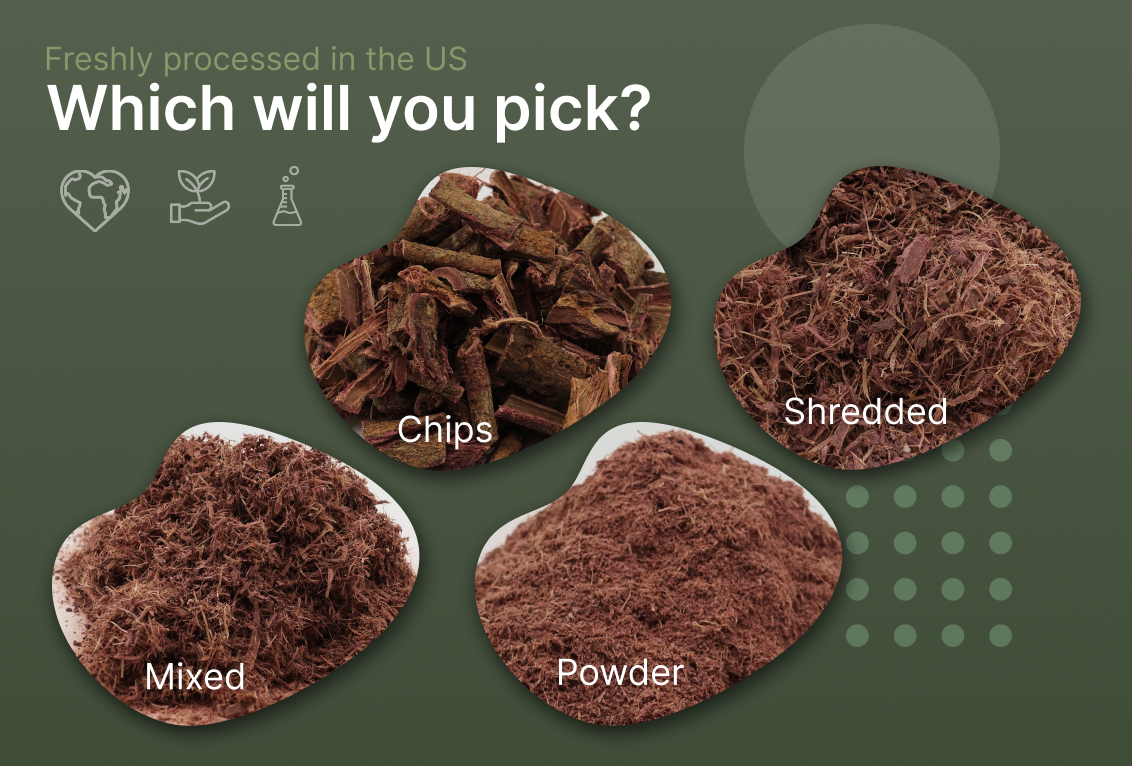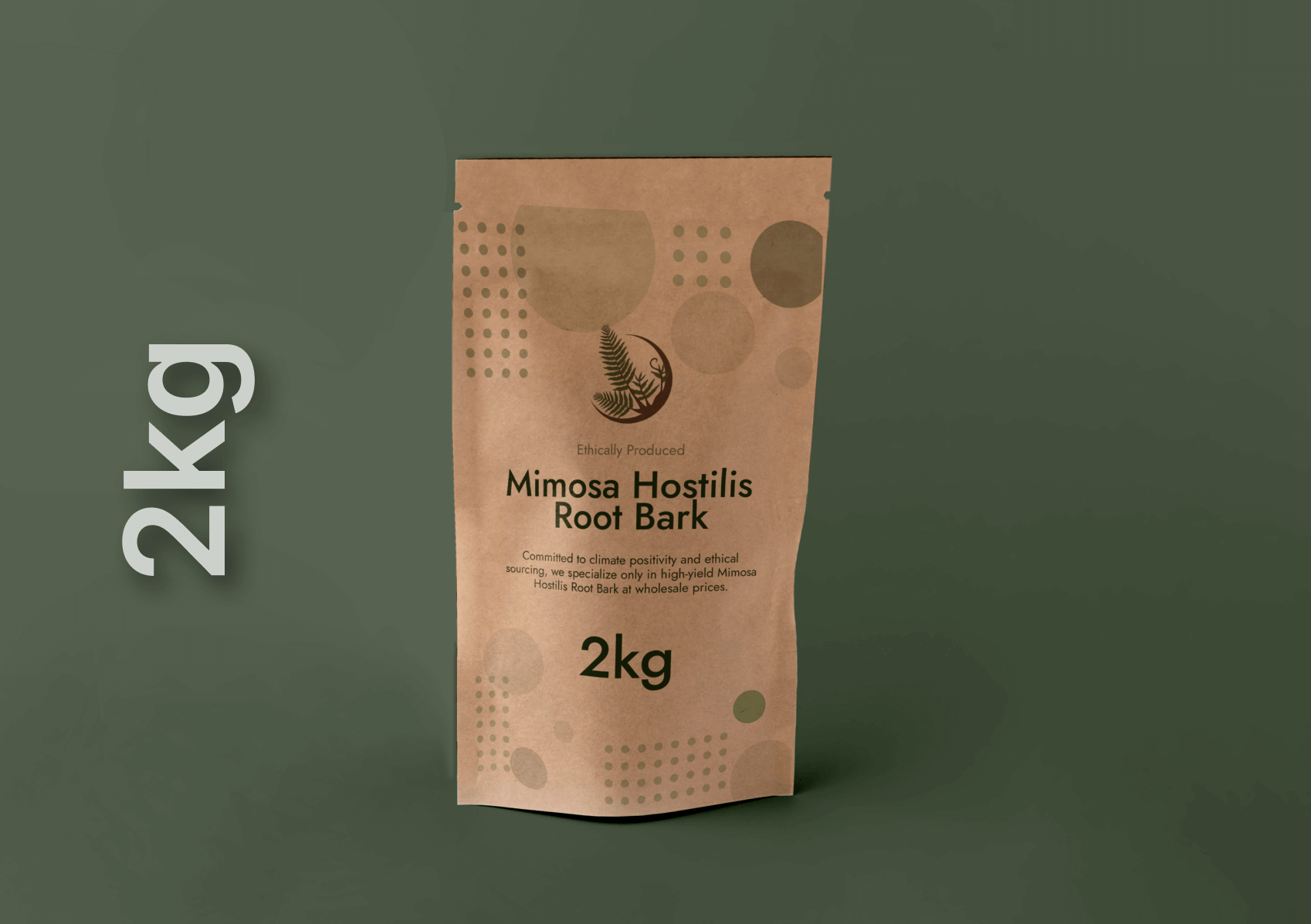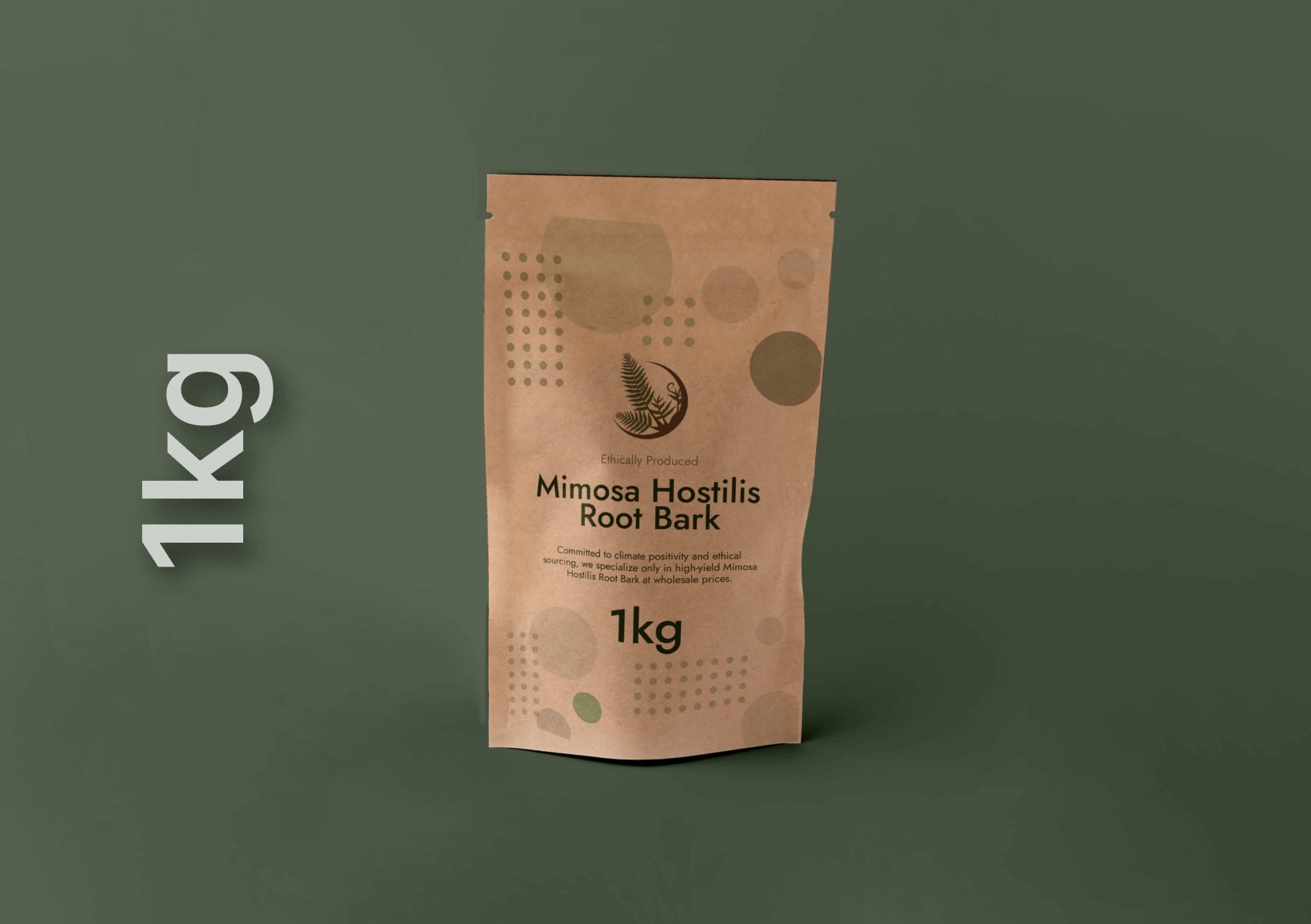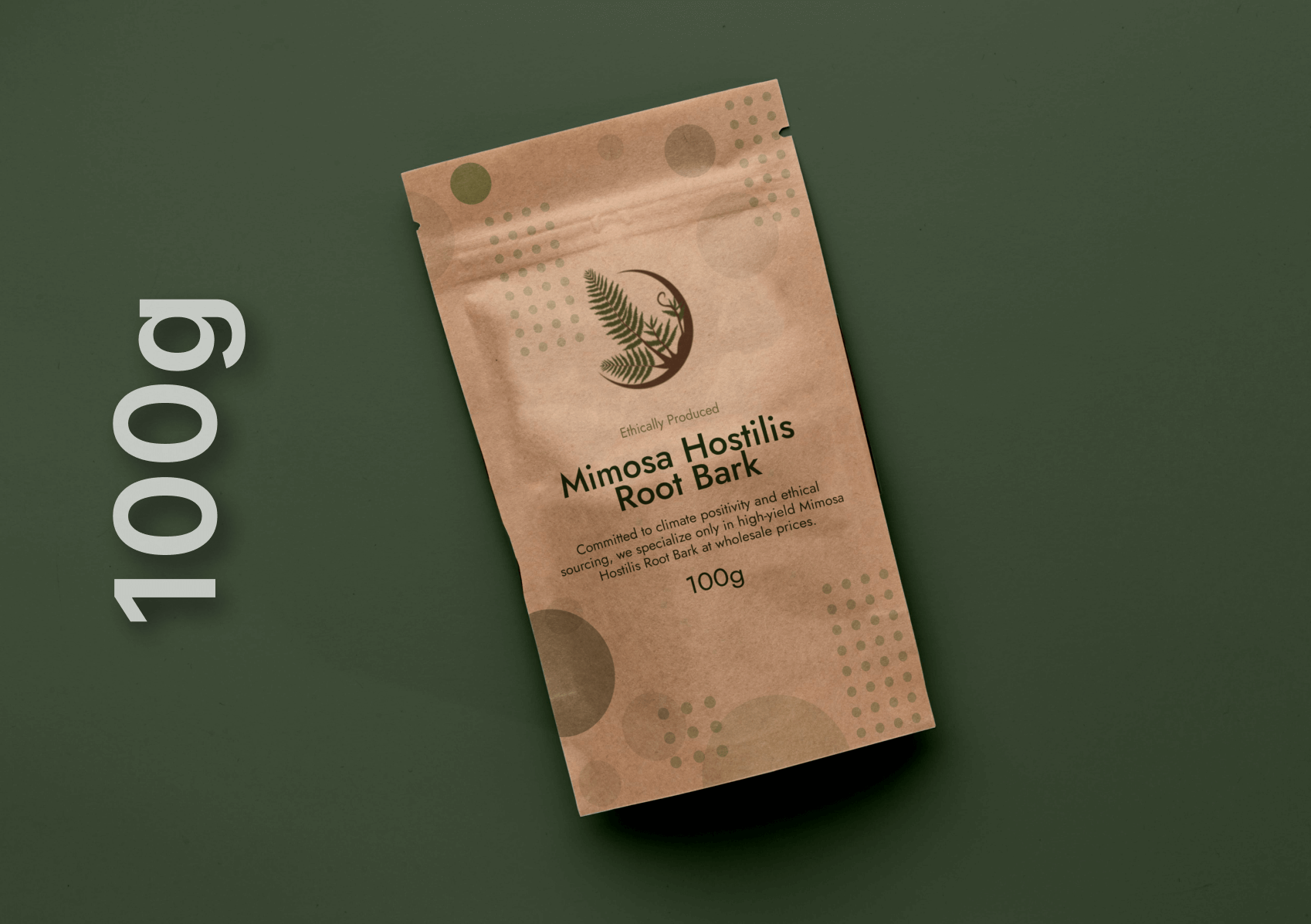Mimosa Hostilis, also known as Jurema Preta or Mimosa Tenuiflora, is a plant steeped in a profound and multifaceted history, deeply intertwined with the cultural fabric of various indigenous communities, particularly in Mexico and Brazil. This article aims to delve into the historical and cultural significance of this remarkable plant, exploring its traditional uses, symbolic meanings, and the enduring legacy it has left on the regions it inhabits.
Ancient Roots and Ritualistic Uses
The use of Mimosa Hostilis has deep roots, dating back centuries, particularly among indigenous tribes in both Brazil and Mexico. While commonly associated with Brazil, where it has been used in shamanic rituals for its psychoactive properties, its significance in Mexico is equally profound. In these regions, the root bark has been revered not only for its spiritual importance but also for its healing properties. Rich in DMT (Dimethyltryptamine), the bark has been used in ceremonies to induce visionary states, facilitate deep introspection, and seek guidance from spirits or deities. These rituals highlight Mimosa Hostilis’ unique ability to bridge the physical and spiritual realms, with both Mexican and Brazilian traditions playing a role in its historical significance.
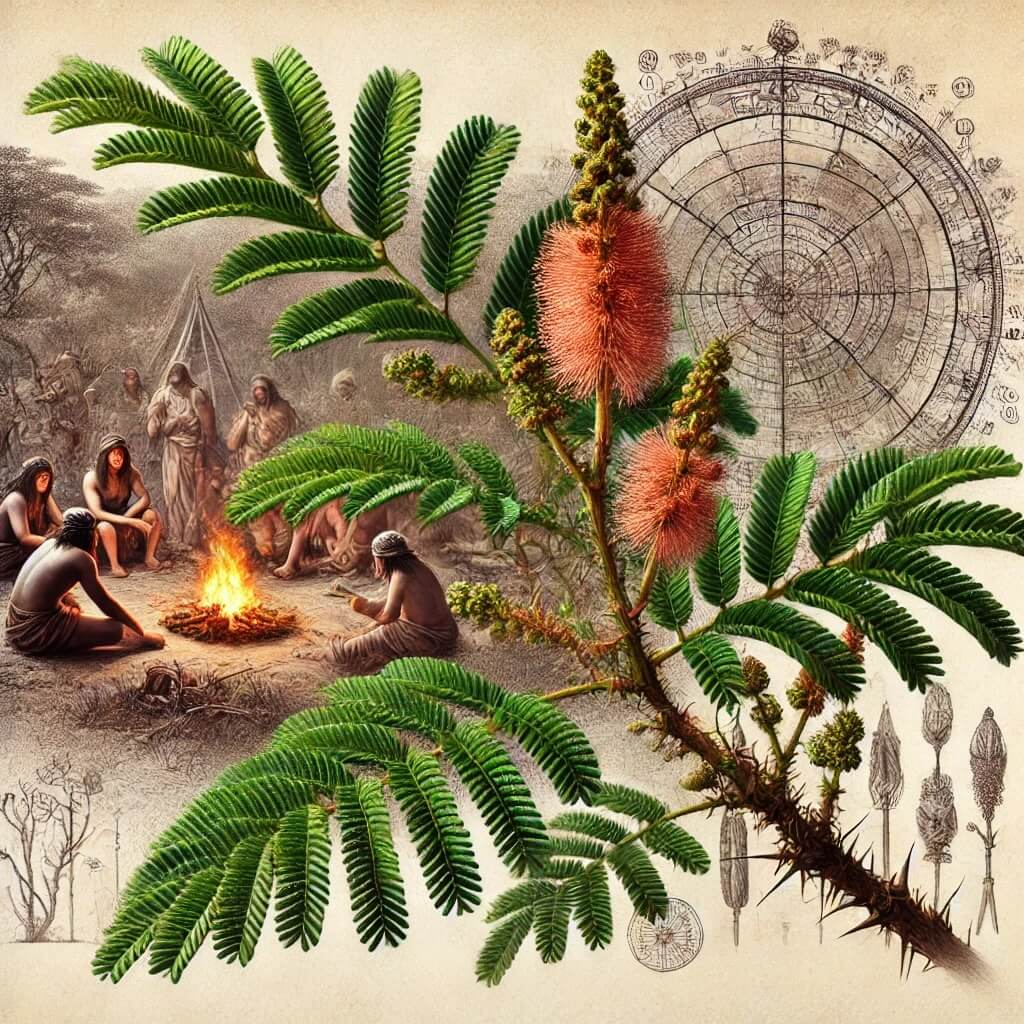
Symbolism of MHRB in Indigenous Cultures
In many indigenous cultures, Mimosa Hostilis is not just a plant but a symbol of life, death, and rebirth. Its ability to induce profound psychological experiences has made it a tool for exploring the mysteries of life and the afterlife. The plant’s resilience, thriving in harsh environments, has also led to its association with strength and perseverance, mirroring the endurance of the indigenous communities themselves.
Influence on Folk Medicine and Healing Practices
Beyond its spiritual use, Mimosa Hostilis has been a vital component of traditional folk medicine. Indigenous healers, often referred to as shamans, have used it to treat various ailments, both physical and mental. The belief in its healing powers extends beyond the physical properties of the plant, encompassing a holistic view of health and wellness that integrates the body, mind, and spirit.
Integration of MHRB into Modern Cultural Practices
With the passage of time, the use of Mimosa Hostilis has evolved, integrating into contemporary cultural practices while retaining its traditional roots. Modern-day spiritual seekers, both within and outside indigenous communities, continue to explore the use of this plant for its psychoactive and introspective qualities. This has led to a resurgence in interest in traditional shamanic practices, with Mimosa Hostilis serving as a bridge between ancient traditions and modern explorations of spirituality.
Ethnographic and Anthropological Interest
The rich cultural tapestry surrounding Mimosa Hostilis has attracted significant interest from ethnographers and anthropologists. Studies focusing on its role in indigenous cultures have shed light on the complex belief systems, rituals, and social structures of these communities. By understanding the cultural context of Mimosa Hostilis, researchers gain insights into the broader themes of human spirituality, ritualistic practices, and the intersection between nature and culture.
Conclusion
Mimosa Hostilis stands as a testament to the deep connection between plants and people, embodying the intricate relationships that indigenous cultures have with their natural environment. Its historical and cultural significance is a rich mosaic, reflecting the diverse ways in which human societies have interacted with and revered the natural world. As we continue to explore the cultural heritage of plants like Mimosa Hostilis, we not only uncover the past but also gain a deeper appreciation for the knowledge and traditions of indigenous peoples, which remain relevant and enlightening to this day.

